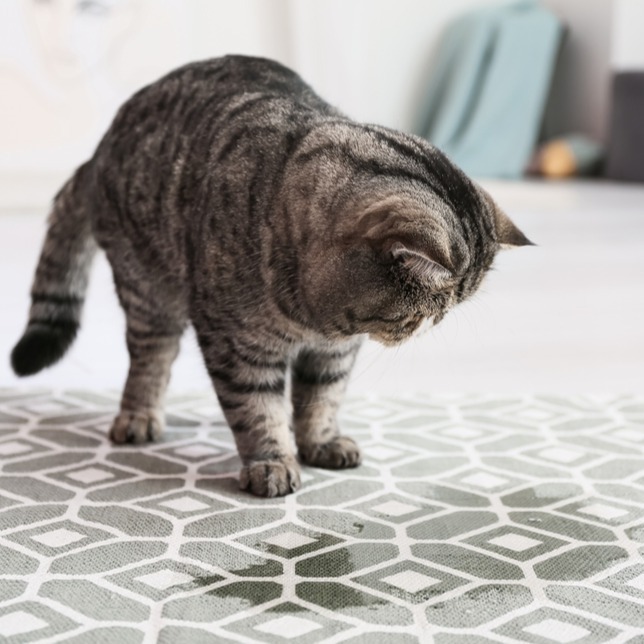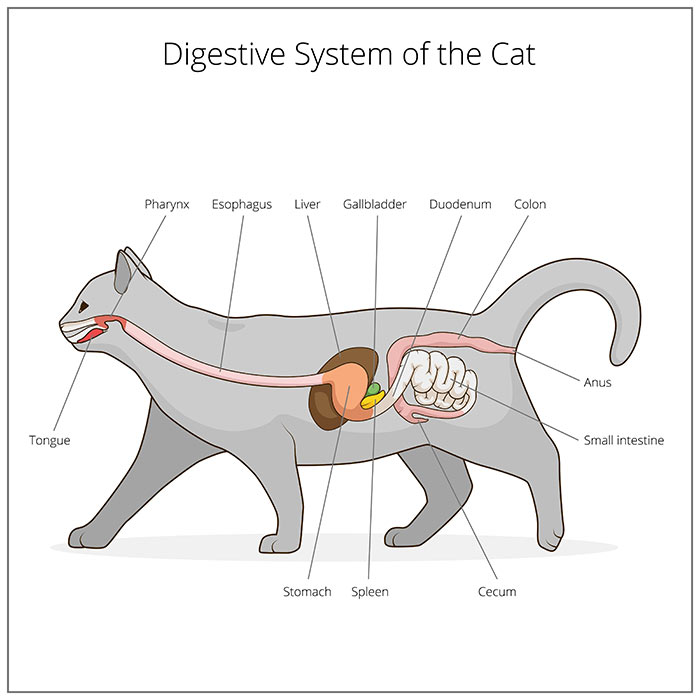Cat Scratch Disease
Cat Scratch Disease or CSD as it’s commonly known is a severe bacterial infection that is passed from cats to humans and causes swelling of the lymph nodes. The infection is known as Cat Scratch Disease because it is passed on by means of scratches, licking or biting. Over 90% of all Cat Scratch Disease cases have been due to contact with a cat or kitten.
Children are most likely to be affected by the disease; they are usually attacked by cats that show little patience for rough play or determined pestering. In the United States alone, 22,000 cases are diagnosed each year.
Most people infected with the Bartonella henselae will show little to no real side effects and often the infection is fought off by the body naturally. Although no specific treatments are required for the majority of those affected, some with weak immune systems may find the infection much more serious.
Kittens and cats under one year of age are more likely to carry the Bartonella henselae infection, and experts believe that all cats will carry the bacteria at some point in their lives.
When infected, a small blister-like bump will rise from the skin; it will usually occur in the vicinity of the scratch or bite. After a number of days the closest lymph nodes or glands will become swollen and tender. Children will usually overcome the infection quickly but adults will often feel some illness that may include fatigue, loss of appetite and fever.
Cat Scratch Disease can be caught from contact with any cat. Cats that remain indoors and are regularly treated with an anti-flea medication are considered less likely to be carrying the Bartonella henselae infection.

SYMPTOMS
Symptoms can vary dramatically from case to case. The severity of the symptoms relies on the status of the immune system.
Children are much more likely to acquire the infection as they are more likely to get bitten or scratched during play. Kids will generally show very little symptoms and for this reason it is believed that many cases of Cat Scratch Disease are never reported and diagnosed.
Adults with weaker immune systems will usually experience swollen lymph nodes in the vicinity of the scratch, the development of blister-like lesions around the bite, and symptoms comparable to that of a fever.
This fever can bring about:
- Loss of appetite
- A mild temperature of about 38 ℃
- Swollen and tender lymph nodes
- Fatigue
- Mild Nausea
Less common symptoms may develop in rare cases.
These may include:
- A high fever, lasting longer
- Redness of the eyes
- Rash
- Infection in the spleen, lungs, liver or joints
- Inflammation of the brain
Many of these symptoms are not unique to those suffering from Cat Scratch Disease. If you experience any of these conditions, it is advised that you consult your doctor for diagnosis.

DIAGNOSIS
Because many of these symptoms can be experienced by those with different conditions, your doctor will take into consideration your history as well as your home environment. Upon determining that the affected person has a fever as well as swollen lymph glands, they will be asked whether they have had any contact with cats.
A sample of the swollen lymph gland may also be taken for testing, as well as a sample of blood. Doctors are cautious to rule out any other causes of swollen lymph glands; often serious, one of these possible causes is cancer.
If the blood test shows evidence of Bartonella henselae in the body, then Cat Scratch Disease is diagnosed and treatment may begin.
TREATMENT AND MANAGEMENT
While most that are affected by Bartonella henselae infection experience mild symptoms and will fully recover after a number of weeks, some may develop more serious infections.
If the infection has struck an immunocompromised person, someone with a seriously weakened immune system, then the number of bacteria in the body cannot be sufficiently controlled and antibiotics will usually be required. Also, those who have developed infections in organs such as the liver, lungs or spleen due to Cat Scratch Disease will require strong antibiotics to combat the bacteria.
Even with treatment the symptoms of Cat Scratch Disease cannot be completely resolved. The infection must run its course; it will often take a couple of months before normal health is restored.

PREVENTION
Cat Scratch Disease is best avoided by not coming into contact with any cats. The Bartonella henselae is believed to be carried by all cats at some point in their lives, and kittens paired with cats under the age of one are the most likely to pass on the infection.
If you have a cat, Cat Scratch Disease can be avoided by not allowing your kids to play rough with the animal. Cover open sores immediately with sticking plasters and refrain from allowing your cat to lick your skin.
In the case of a scratch or bite from a cat, wash the affected area, including your hands, with soap and water thoroughly. Also, washing your hands after touching your cat will usually help to keep infection away.
Be sure to treat your cat regularly with an anti-flea medication. Although there is no evidence that infected fleas can transmit the infection to humans, there is evidence that fleas spread the Bartonella henselae between cats.
COMMONLY AFFECTED BREEDS
All cat breeds are susceptible to carrying the Bartonella henselae bacteria as it is believed to be transmitted via flea bite. Kittens and cats under the age of one, as well as cats that live outdoors are said to be more likely to carry the infection.

INTERESTING CAT SCRATCH DISEASE FACTS
There is no way for an infected human to infect another human with Cat Scratch Disease. Although it is known that fleas carry the Bartonella henselae bacteria, only cats can transmit the infection to humans.
It is thought that the infection is carried to cats via flea bite. It is also thought that the infection is transmitted by cats ingesting the excrement of fleas during regular grooming.
All cats can and probably will be infected with the Bartonella henselae bacteria. At this stage, it is believed that at least some 40% of cats will carry the infection.
The symptoms of Cat Scratch Disease are usually mild and only one in 100,000 people are affected by the disease. However, roughly 22,000 cases are diagnosed in the United States each year.
FOR MORE INFORMATION
Kidshealth – Cat Scratch Disease: http://kidshealth.org/parent/infections/bacterial_viral/cat_scratch.html
Medline Plus – Cat Scratch Disease: http://www.nlm.nih.gov/medlineplus/catscratchdisease.html







